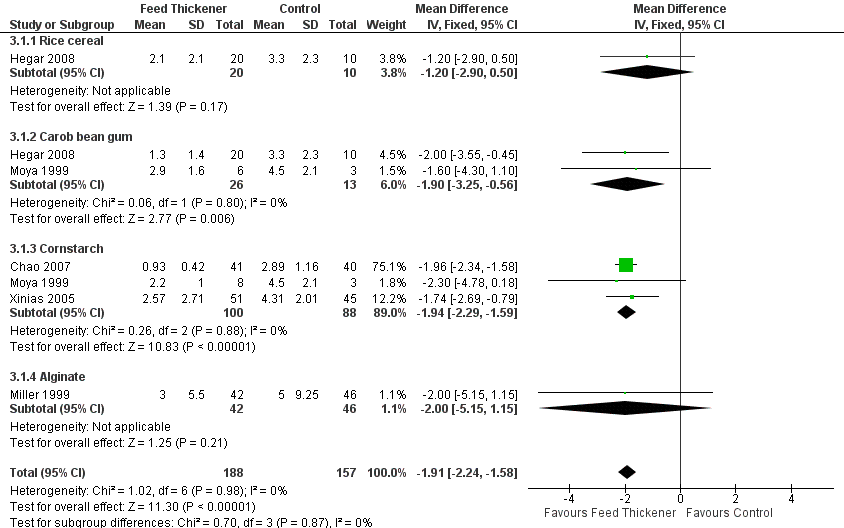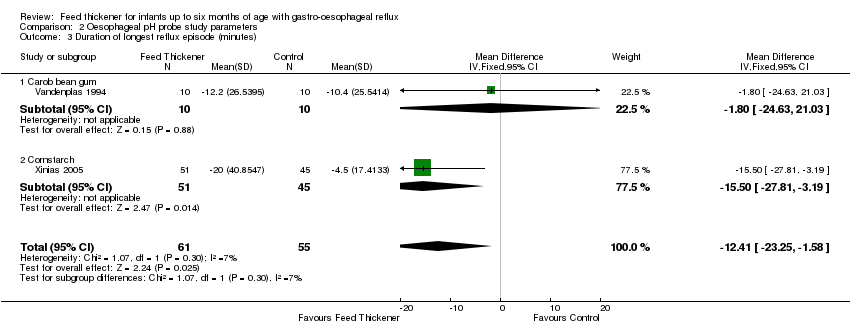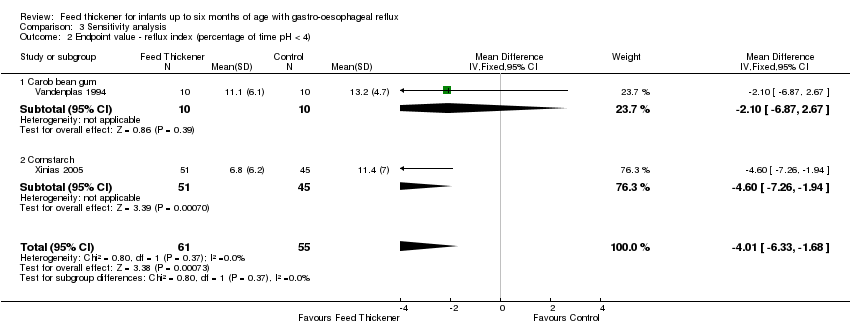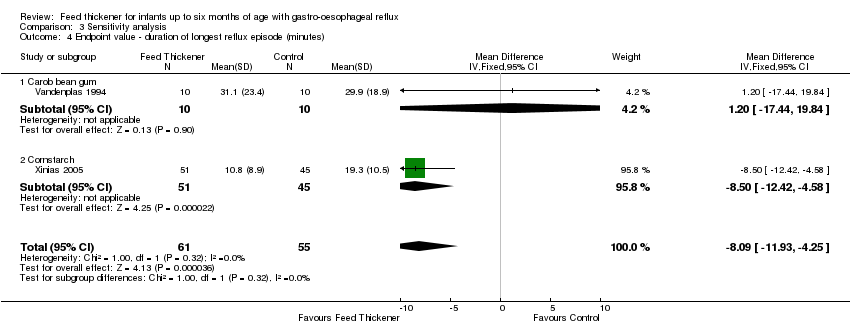Contenido relacionado
Revisiones y protocolos relacionados
Kim Psaila, Jann P Foster, Robyn Richards, Heather E Jeffery | 15 octubre 2014
Robyn Richards, Jann P Foster, Kim Psaila | 6 agosto 2021
Aamer Imdad, Zunirah Ahmed, Zulfiqar A Bhutta | 28 septiembre 2016
Anne B Chang, Toby J Lasserson, Justin Gaffney, Frances L Connor, Luke A Garske | 19 enero 2011
William Raine Craig, Ana Hanlon‐Dearman, Chris Sinclair, Shayne P Taback, Michael Moffatt | 12 mayo 2010
Suzanna MacLennan, Cristina Augood, Lucinda Cash‐Gibson, Stuart Logan, Ruth E Gilbert | 14 abril 2010
William McGuire, Peter W Fowlie, David J Evans | 26 enero 2004
Sven M Schulzke, Siree Kaempfen, Sanjay K Patole | 24 noviembre 2014
Mary Paradisis, David A Osborn | 26 enero 2004
Jasim Anabrees, Vibhuti S Shah, Ahlam AlOsaimi, Khalid AlFaleh | 30 septiembre 2015


















